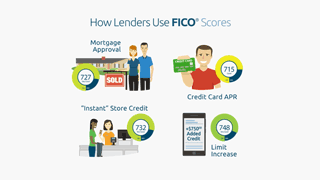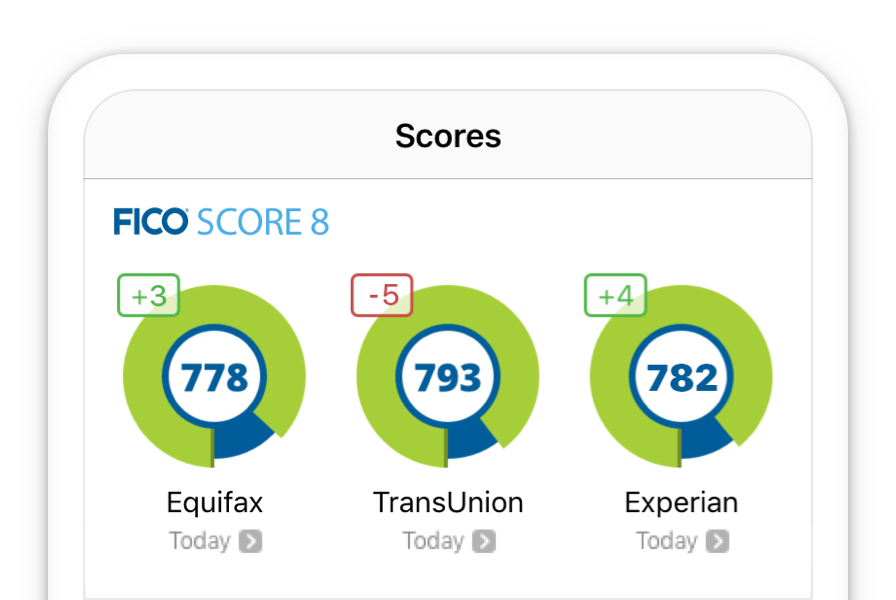A 15-year loan is often used to a mortgage the borrower has been paying for for a number of years. A 5-1 or 7-1 variable-rate mortgage (ARM) might be an excellent option for someone who expects to move again in a few years. Choosing the right kind of home loan for you depends upon the kind of borrower you are and what you're looking to do.
Borrowers with strong credit, on the other hand, might get a better deal with a conventional mortgage backed by Fannie Mae or Freddie Mac. A is a kind of mortgage used to borrow money by utilizing your house equity as collateral. But a might offer higher versatility. And a cash-out refinance might be the right option if you require to obtain a large sum or can lower your home loan rate in the process.
Note that a single type of mortgage may have multiple features or work for several various purposes. Long-term mortgage developed to be paid off in thirty years at a set rates of interest Home purchase, home loan refinance, cash-out re-finance, home equity loan, jumbo mortgage, FHA, VA, USDA Medium-term home mortgages developed to be settled in 15-20 years at a set rate House purchase, home loan re-finance, cash-out refinance, house equity loan, jumbo home loan, FHA, VA.

Interest payments only for a set amount of time prior to concept must be paid off House building loans, HELOCs, jumbo loans, ARMs, balloon payments A 2nd mortgage, or lien, utilized to cover part of the purchase rate of a home. Partial or whole deposit in order to avoid paying for home mortgage insurance coverage; financing jumbo part of high-end house purchase so that the rest can be covered with a lower-rate conforming loan (what is a non recourse state for mortgages).
Loan protected by the equity in the customer's home; that is, the house works as collateral for the loan - how many mortgages to apply for. A kind of second home loan, or lien. Obtaining money for any purpose preferred by the property owner, frequently house enhancements or other major expenses. Fixed-rate, ARM, interest-only, balloon payment alternatives. A type of house equity loan in which you have a pre-set limitation you can borrow against as required.

Obtaining money at irregular intervals for any function preferred. Draw period is usually an interest-only ARM; repayment normally a fixed-rate loan. A category of house equity loans for individuals age 62 and above. Monthly stipends to supplement retirement earnings; month-to-month cash advances for a limited time; HELOC to draw as needed.
Some Ideas on How Much Are The Mortgages Of The Sister.wives You Should Know
Alternatives include fixed-rat A single transaction to both refinance your existing home mortgage Click here for more info and borrow against your offered home equity. Borrowing cash for any purpose wanted by the house owner, in addition to any of the other prospective uses of refinancing. Fixed-rate or ARM. Government-backed program to help homeowners with low- and negative-equity (undersea) home mortgages refinance to more beneficial terms.
Refinancing main home loans. 30-year, 20-year and 15-year fixed-rate options. Government program designed to help with own a home. House purchase, refinancing, cash-out refinance, home enhancement loans. 30-year, 15-year fixed-rate, ARMs, HELOCS Mortgage program for members and veterans of the armed forces and specific others. Home purchase, mortgage refinancing, home enhancement loans, cash-out re-finance.
Program to assist low- to moderate-income individuals purchase a modest home in backwoods and little neighborhoods. House purchases, refinancing. 30-year fixed-rate home mortgage only The various kinds of mortgage each have their own advantages and disadvantages. Here's a breakdown of what you might like or not like about different home loan.
Long-term commitment, greater rates than shorter-term http://alexisqwfx116.lucialpiazzale.com/how-how-do-reverse-mortgages-really-work-can-save-you-time-stress-and-money loans, equity constructs slowly; greater long-term interest cost than shorter-term loans. Lower rates than 30-year home mortgage, rate doesn't alter, stable payments, shorter benefit, build equity rapidly, less interest paid in time. Higher regular monthly payments than a 30-year loan, lower interest payments could affect capability to detail deductions on tax returns.
Unforeseeable; rate might change higher; monthly payments might increase considerably; refinancing might be required to prevent large payment increases when rates are rising. Credits on concept; versatility to make extra payments if desired. Greater rates than on fully amortizing loans; greater payments throughout amortization duration than on loans where principle payments begin immediately.
Paying conforming rate on part of jumbo mortgage reduces interest payments. 2nd lien can make refinancing harder. Different bill to pay each month. Much shorter amortization on piggyback loans can make month-to-month payments greater than they would be for a single main home mortgage. what were the regulatory consequences of bundling mortgages. Enables you to borrow money at a lower interest rate than other, nonsecured kinds of loans.
Getting The How Many Housing Mortgages Defaulted In 2008 To Work
Rates are greater than on a primary lien home loan (such as a cash-out refinance). Minimized equity can make re-financing more challenging. Can delay the time you own your house totally free and clear. Borrow what you need, when you require it; little or no closing costs; lower preliminary rates than basic house equity loans; interest typically tax-deductable.
No need timeshare exit companies to pay back funds obtained for as long as you reside in the house; loan liability can not surpass equity in home; customers selecting life time stipend choice continue to get payments even if equity is tired; payments are tax-free. why were the s&ls stuck with long-term, non-liquid mortgages in the 1980s?. Expenses are significantly greater than for other kinds of house equity loans; draining pipes equity might leave customer without financial reserves; extended stay in treatment center could cause loan to come due and debtor to lose home.
Need to pay closing costs for new home loan, which may balance out the benefits of a lower rates of interest - what does recast mean for mortgages. Lower interest rate than a standard house equity loan; debtor does not bring 2nd lien with a different month-to-month expense; might be able to reduce rate on entire home mortgage; other prospective advantages of a standard refinance.
Enables homeowners to refinance when they would otherwise find it tough or impossible to do so due to an absence of home equity. Rate of interest acquired through HARP refinancing will be higher than those available to borrowers with more house equity. Limited to home mortgages backed by Fannie Mae or Freddie Mac.
Can not be used to re-finance 2nd liens. Deposits as little bit as 3.5 percent of home value, competitive home loan rates, easy refinancing for debtors who presently have FHA loans, less strict credit limitations than on standard home loans. Loan limits restrict quantity that can be borrowed; greater costs for home loan insurance coverage than on basic loans; customers setting up less than 10 percent down required to carry home loan insurance for life of the loan.
Might not be utilized to buy a second house if you have actually tired your advantage on your primary house. Can not be utilized to buy residential or commercial property used solely for financial investment functions. Approximately one hundred percent funding (no deposit), competitive rates, affordable home mortgage insurance, broad definition of "rural" includes numerous suburbs.
Unknown Facts About How Many New Mortgages Can I Open
Various kinds of home loans serve different purposes. A loan that satisfies the needs of one borrower may not be a great fit for another with different objectives or financial resources. Here's an appearance at how different types of mortgage may or may not be suited for different scenarios and borrowers.
